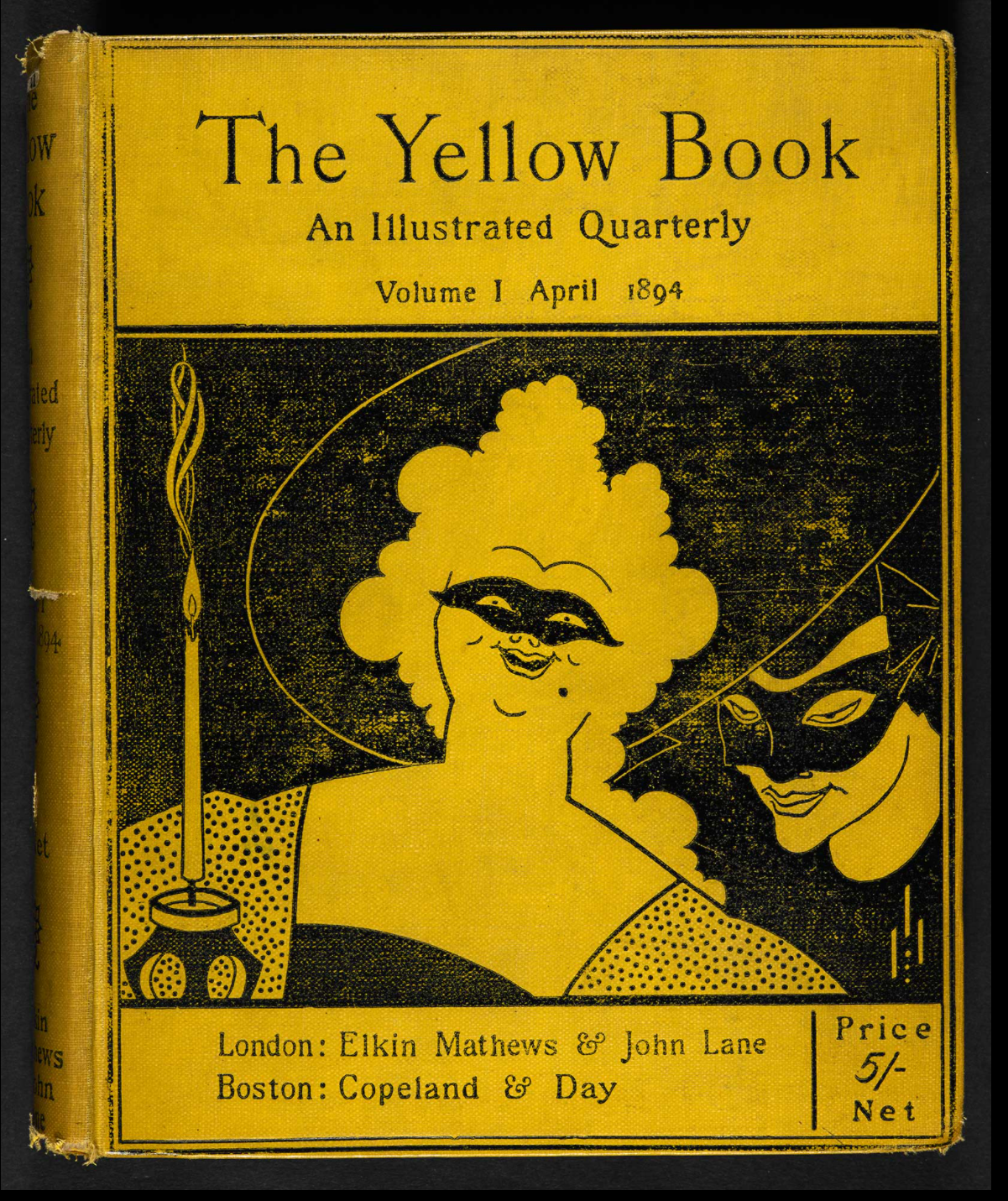TPODG: AO3 (literary)
1/5
There's no tags or description
Looks like no tags are added yet.
Name | Mastery | Learn | Test | Matching | Spaced |
|---|
No study sessions yet.
6 Terms
aestheticism
Victorians passionately believed that literature and art fulfilled important ethical roles, providing examples of correct behaviour. Sympathies stirred by art and literature spurred people to action in the real world.
However, supporters of aestheticism disagreed, saying art had nothing to do with morality. Instead, art was about the elevation of taste and the pure pursuit of beauty. They also saw these qualities as guiding principles for life and argued that art should be judged on form rather than morality.
‘art for art’s sake’
Aestheticism unsettled and challenged the values of mainstream Victorian culture. As it moved more widely into general culture it was relentlessly satirised and condemned.
gothic literature
the villain is often fairly upper class - a reflection of power structures being questioned
Gothicism plays on primal/psychological fears
appeals to everyone who can enjoy a vicarious thrill
idea of nature out of control
Post-Darwinian lesson: we don’t control anything, nature controls things and win in the modern world
the visualisation of a possible, permanent, scary threat to our existence
The gothic image of corruption is exactly the Gothic journey intro depravity contrasted with the beauty of his picture, which survives until he stabs it.
Beauty and ugliness, life and death - ambiguities of reality everywhere.
the uncanny
Freud relates the feeling of 'the uncanny' to 'primitive beliefs' most people have dismissed e.g. witchcraft, magic, telepathy
Many people experience the feeling of the uncanny in highest intensity in relation to death and dead bodies.
The return of the dead, spirits and ghosts etc.
The uncanny is a result of feelings or experiences that have been repressed showing themselves again.
This reference to repression helps us understand Schelling's definition as something which ought to have remained hidden (been pushed away) but has come to light.
Something that is familiar and old-established in the mind which has become alienated from it only through the process of repression.
reality vs imagination
Inability to trust senses: blurring between reality and imagination
Can't trust senses -> what can you trust?
Brings self closer to the concept of death -> element of unknown
Dorian Gray being seen 30 years later exactly the same
Dread: lack of control
the Victorian uncanny (the portrait + DG’s relationship)
the doppelganger: something known but not known - an evil version of someone (DG and his portrait)
the picture being a foul version of the one Basil painted ‘the picture is part of my self’
line between reality and unreality, living and not living, is blurred
DG gives the picture life ‘it would be murder!’
the destruction of the picture is the idea of trying to escape from the past - Freudian trap: DG in a cycle of crime, leaving a double life where he is a stranger to himself and his friends
the picture is a character - the notion of an artistic creation as living is a vampiric theme
art lasts throughout the ages, a form of immortality - one moment of time represented forever - sinister, vampiric, undead
DG’s picture changes forever but he wants to see it change (voyeuristic, narcissistic) - giving up his soul and abdicating his humanity by putting himself into the painting - a walking dead (in a locked room - vampire’s locked coffin)

the yellow book
Joris-Karl Huysman’s decadent nineteenth-century novel À Rebours, translated as “Against the Grain” or “Against Nature”.
the book represents the profound and damaging influence that art can have over an individual and serves as a warning to those who would surrender themselves so completely to such an influence
the book was a renowned illustrated quarterly published from 1894-1897. its name derives from the yellow covers used for controversial French novels of the period: symbolising decadence and aestheticism.
particularly infamous due to its association with the WIlde scandal - it was a key influence when Wilde was arrested in 1895, rumours falsely claiming he had a copy of it on him; leading to public outrage and vandalism of its publisher’s offices
gothic tropes: the past haunting the present
the past haunting the present often manifests in old prophesies or curses (e.g. DG’s wish to stay young forever)
serves to explain how the story’s current action is rooted in some event of the past
over the course of the story it addresses a past wrong and how it might be revenged or righted.
the past wrong can often be committed by a member of the previous generation, the perpetrator’s descendants suffering the consequences
biblical notion that ‘the sins of the father shall be visited upon the children’
seen in the tragedy and passion of DG’s parents and the lack of love from his grandfather Lord Kelso
"A beautiful woman risking everything for a mad passion." p31
"A few wild weeks of happiness cut short by a hideous, treacherous crime." p31
"The mother snatched away by death, the boy left to solitude and the tyranny of an old and loveless man." p31
AO4: comparison on influence of parents/relative on m/cs